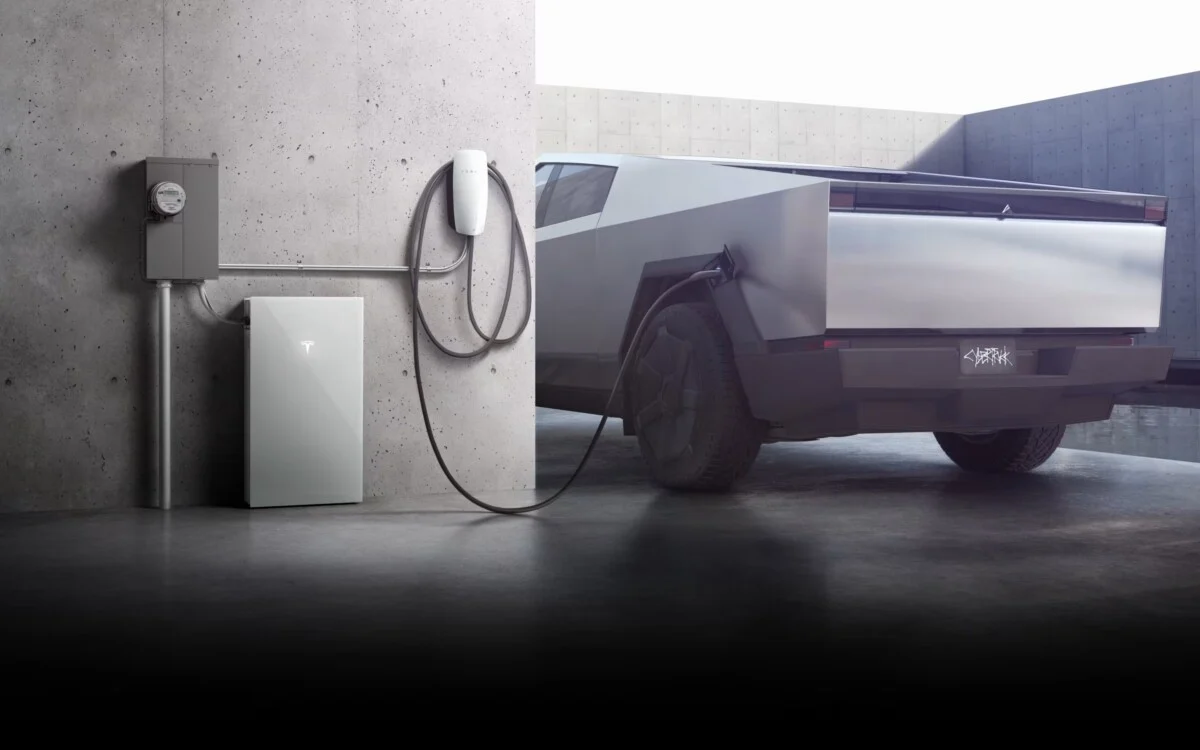
Tesla’s Hidden Potential: A Glimpse into the Future of Bidirectional Charging
Tesla's electric vehicles might already be equipped with groundbreaking bidirectional charging technology—V2G (vehicle-to-grid) and V2H (vehicle-to-home)—but with one catch: the feature remains inactive, waiting for a software update to unlock its full potential.
Bidirectional charging allows EVs to not only draw power from the grid but also to send energy back to the grid or power a home. This technology could revolutionize how we use electric vehicles, enabling them to reduce electricity bills and support the grid during peak demand. While other automakers, like Renault with its upcoming R5 E-Tech, are just introducing this feature, Tesla may have had it built into their cars for years, just waiting to be activated.
Recently, a German company, Ambibox, demonstrated that a 2024 Tesla Model Y successfully powered a storage battery using bidirectional charging. This exciting development suggests that Tesla vehicles, potentially even older models, could soon offer this capability with a simple software update. Although Elon Musk hinted at this feature becoming available in the future, no specific timeline was provided.
For now, Tesla's Cybertruck is the only model officially supporting V2H, powering homes during outages or emergencies. However, the recent demonstration by Ambibox hints that V2G capability could be within reach for Tesla owners, further expanding the functionality of their vehicles.
As we await more news, Tesla’s potential to activate bidirectional charging through software updates reinforces its position as a leader in EV technology. This feature could mark a significant leap forward in how we think about electric vehicles—not just as a mode of transportation, but as a crucial component of our energy ecosystem. With a simple update, Tesla could turn millions of cars into powerful energy assets, offering immense value to their owners and the wider grid.
The world will be watching closely, especially with Tesla’s next big event on October 10, where the company might unveil more details about its future vehicles and possibly confirm the activation of bidirectional charging across its fleet.
Stichworte







